Copper is one of the first metals used by humankind, and it has given vital contributions to improve society. Copper is easily stretched, molded, and shaped. It resists corrosion and conducts heat and electricity efficiently. Today it continues to be a diffuse material in many fields.
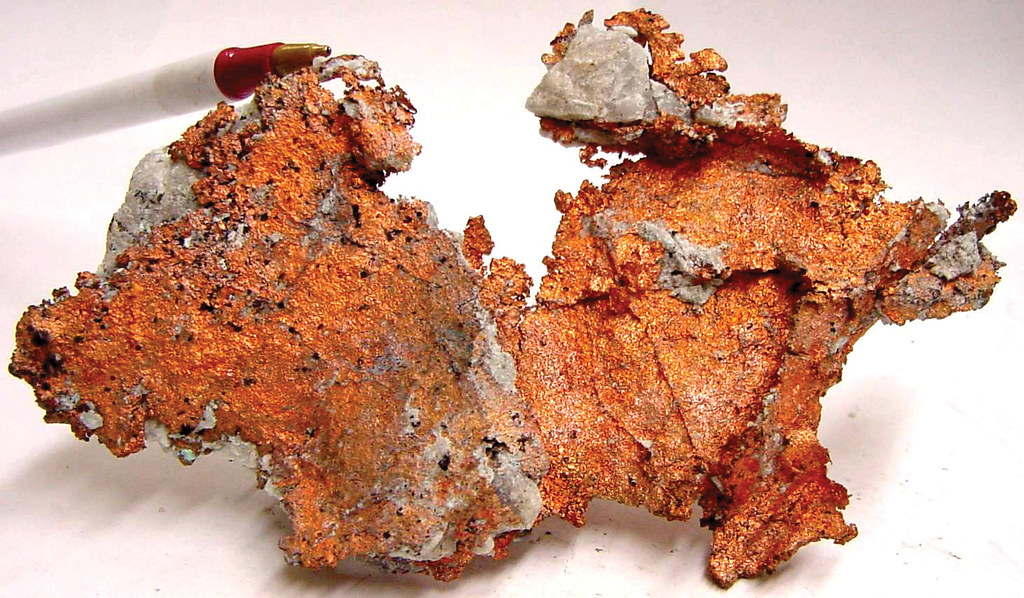
Image source: https://search.creativecommons.org/photos/5fd4c90b-05dd-4c48-96ba-6a32bbc528a4 by U.S. Geological Survey
What is copper?
In its pure form, Copper has a face-centered cubic crystal structure. It is ductile and possesses a high level of electrical and thermal conductivity. With cold-working, copper becomes harder, but it can become soft again with the process known as “annealing”. Nowadays, copper is still found in its native form, unaltered, but more frequently mixed with other minerals.
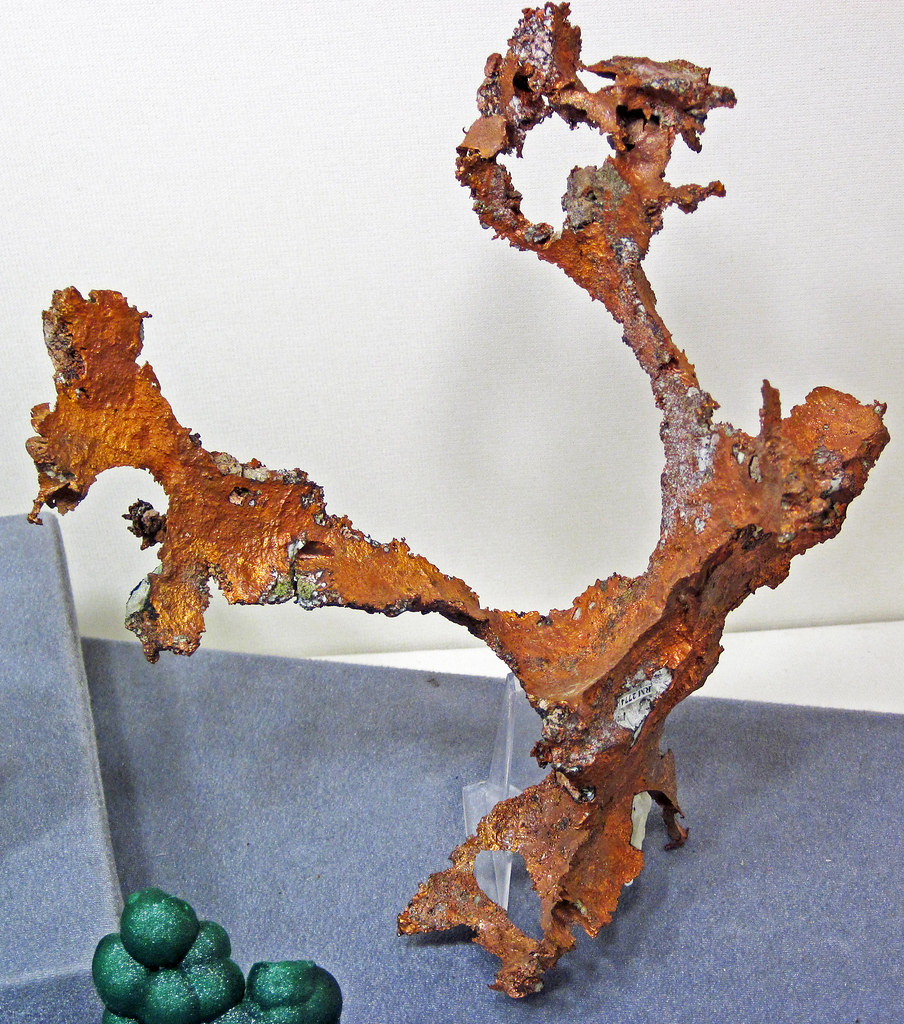
Image source: https://search.creativecommons.org/photos/b4adf425-812a-42ba-94c5-61399cd83f0b by James St. John
Although copper deposits are present in every continent, 70 percent of world reserves are found in seven countries: Chile, the United States, Russia, Congo (Kinshasa), Peru, Zambia, and Mexico. The greatest known reserve of copper is the deposit at El Teniente mine in Chile.
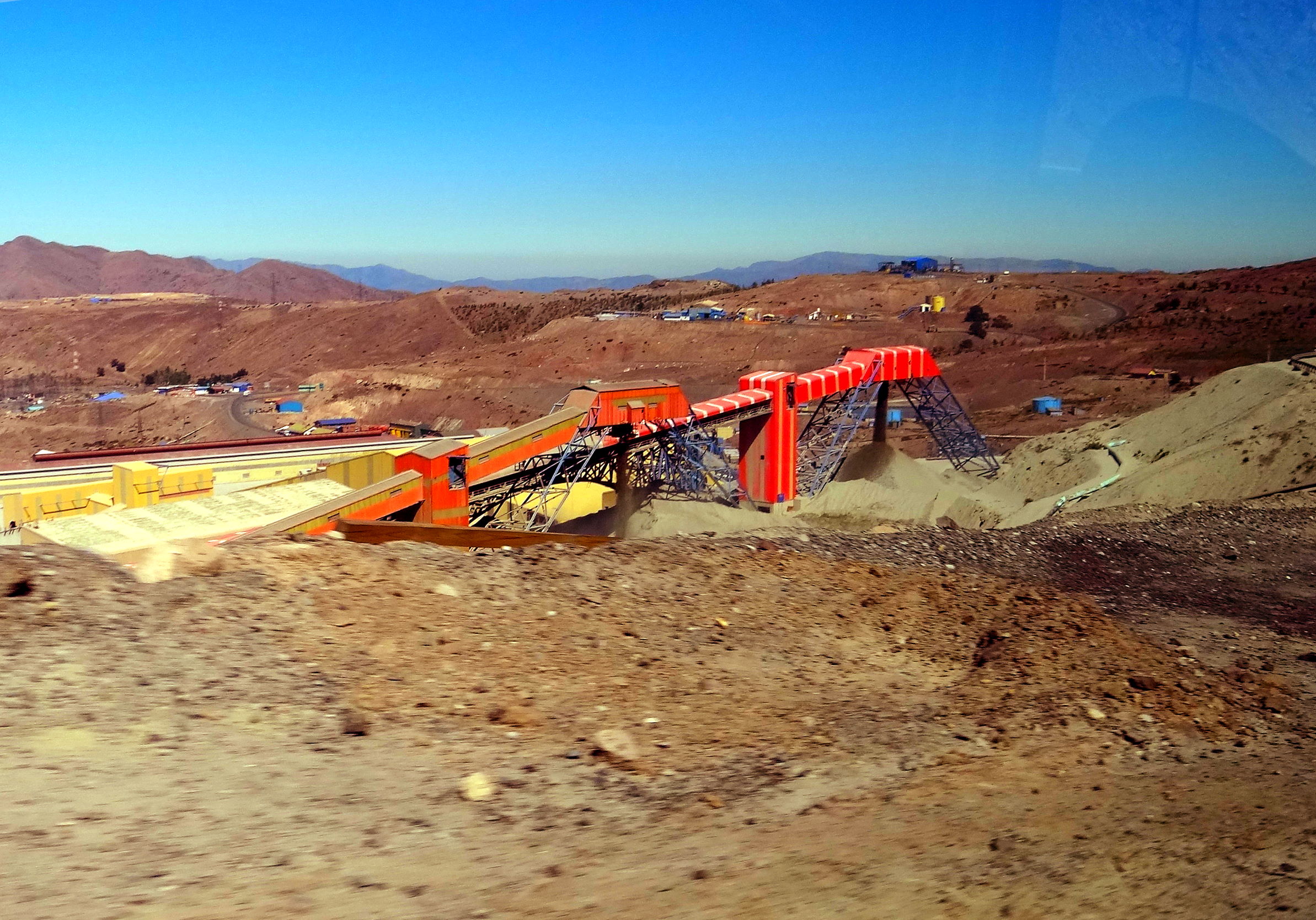
Image source: https://search.creativecommons.org/photos/cfd31e10-b710-4123-8fba-fd60846058bf by WeHaKa
When and where copper was discovered?
Copper was discovered for the first time during the Neolithic Period, or New Stone Age probably about 8000 BCE. This material was chosen by primitive men to make knives and other utensils leaving the stone age behind. The malleability of this mineral made it relatively easy to shape just by beating it. Its bright reddish color and its durability made it highly appreciated.

Image source: https://search.creativecommons.org/photos/57059281-67bc-48af-a834-91ee84fc7b6b by Queensland State Archives
After 6000 BCE, it was discovered that copper could be melted and shaped as desired. It was the dawn of the metallic age and the birth of metallurgy.
The early development of copper probably was in Egypt. Copper weapons and implements were left in pharaohs graves as support for the dead.
The oldest known piece of this material is a bronze rod found in the pyramid at Maydūm (Medum), near Memphis in Egypt, about 3700 BCE.
Bronze, an alloy of copper and tin, was widely employed to mold weapons and art objects. From Egypt, the use of bronze rapidly spread over the Mediterranean area: to Crete, Sicily, France, and other parts of Europe in 2000 BCE, Britain, and the Scandinavian area in 1800 BCE.

Image source: https://search.creativecommons.org/photos/86eab1f7-ab51-4c07-960b-ad47ffce3ee5

Image source: https://search.creativecommons.org/photos/2b94ed60-7dab-4547-87d8-045a68344f24 by Photography by Brian Lauer
What are its characteristics?
- Strengths: Copper is a weak metal with a tensile strength of about half that of mild carbon steel. This is why copper is easily formed by hand but is not a good option for structural applications.
- Toughness: Copper may not be very strong but it is not easy to break due to its high toughness. So this property is useful for piping and tube applications.
- Ductility: Copper is very ductile and also very malleable. For this reason, the electrical and jewellery industries benefit from his ductility.
- Conductivity: Second only to silver, copper is an excellent conductor of electricity, but also heat. As a result, copper is used in applications such as cookware, where it quickly moves heat to the food inside.

Image source: https://search.creativecommons.org/photos/2531e5ce-533f-42fe-b991-2ef538c1501a by Durham County Council, benjamin westwood
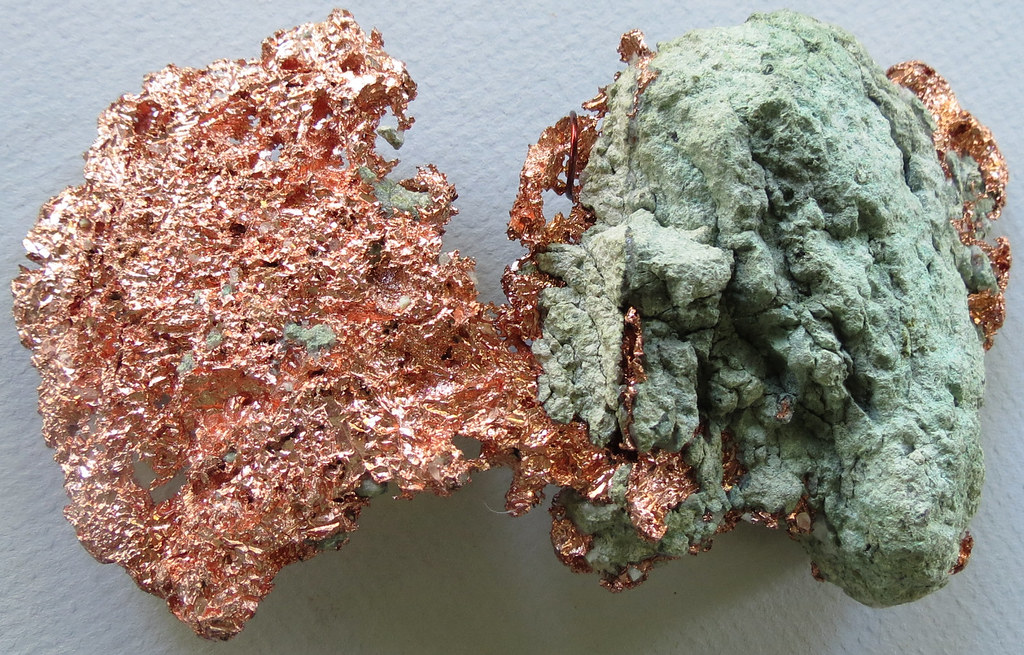
Image source: https://search.creativecommons.org/photos/677f7515-1fb1-4c36-96e1-304ef0f57a61 by James St. John
-Common alloys
-
-
- Bronze: 88-95% Cu by weight. Used in coins, cymbals, and artwork.
- Aluminum bronze: 74-95% Cu by weight. Higher corrosion resistance and useful in marine applications.
- Brass: a wide range of alloys containing 50-90% Cu by weight. Made into everything from ammunition cartridges to doorknobs.
- Cupronickel: 55-90% Cu by weight. Used in coins, marine applications, and musical instrument strings.
- Nickel silver: 60% Cu by weight. Contains no silver, but has a similar appearance. Often made into musical instruments and jewellery.
-
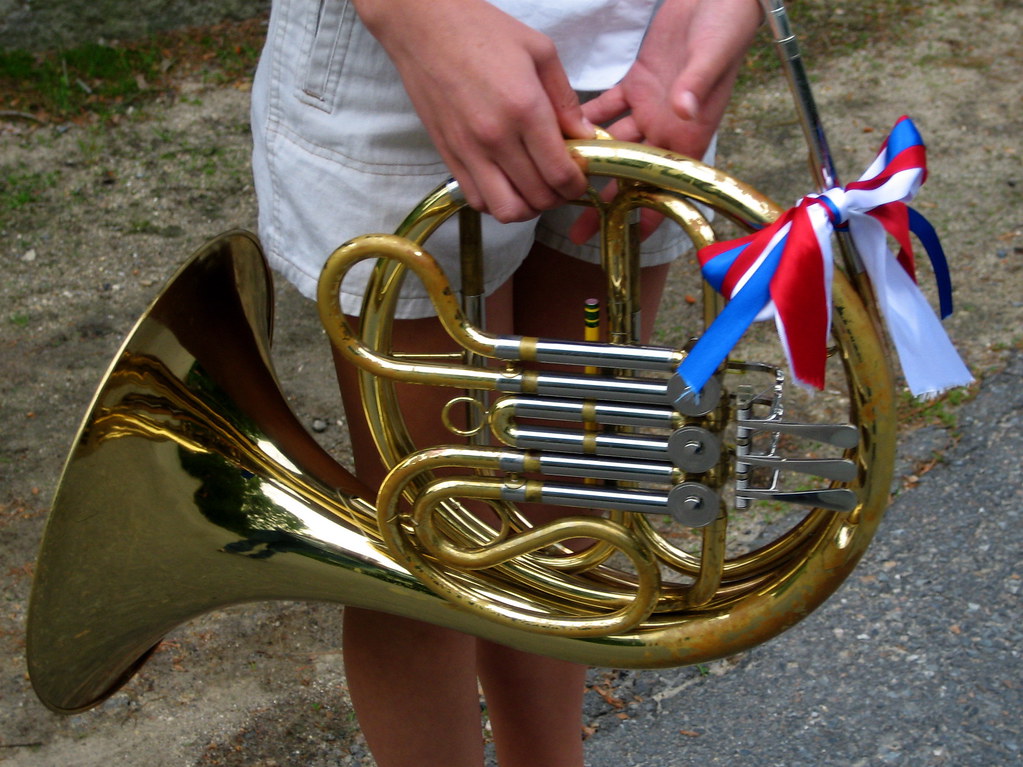
Image source: https://search.creativecommons.org/photos/f170bbee-bd9a-4a2f-8fcb-c3ef9b534208 by Muffet
How is it used today?
- Wire and cable: Copper is the most adopted electrical conductor in all categories of electrical wiring. The only exception is in the transmission of electricity where aluminum is often preferred. Many electrical devices rely on copper wiring. It has multiple inherent useful properties, like its high electrical conductivity, tensile strength, ductility, corrosion resistance, low thermal expansion.
- Electric motors: Copper’s conductivity improves the efficiency of electrical motors. In fact, motors and motor-driven systems represent 43%–46% of all global electricity consumption and 69% of all electricity used by industry.
- Architecture: It is used as a durable, corrosion-resistant, and weatherproof architectural material. This is why roofs, flashings, rain gutters, downspouts, domes, spires, vaults, and doors have been made from copper for hundreds and thousands of years. Copper’s architectural use has been expanded in modern times to include interior and exterior wall cladding or antimicrobial and decorative indoor products such as attractive handrails, bathroom fixtures. Some of copper’s other important usage is as lightning protection and recyclability material.
Finally, Copper has excellent brazing and soldering properties. The best results are obtained with gas metal arc welding.

Image source: https://search.creativecommons.org/photos/7c73f3ef-73d8-4565-907c-bbe3376eb0ee by Francisco Antunes
Info sources:
https://www.britannica.com/technology/copper-processing https://www.thebalance.com/what-is-copper-2340037 https://www.thebalance.com/metal-profile-copper-2340132
